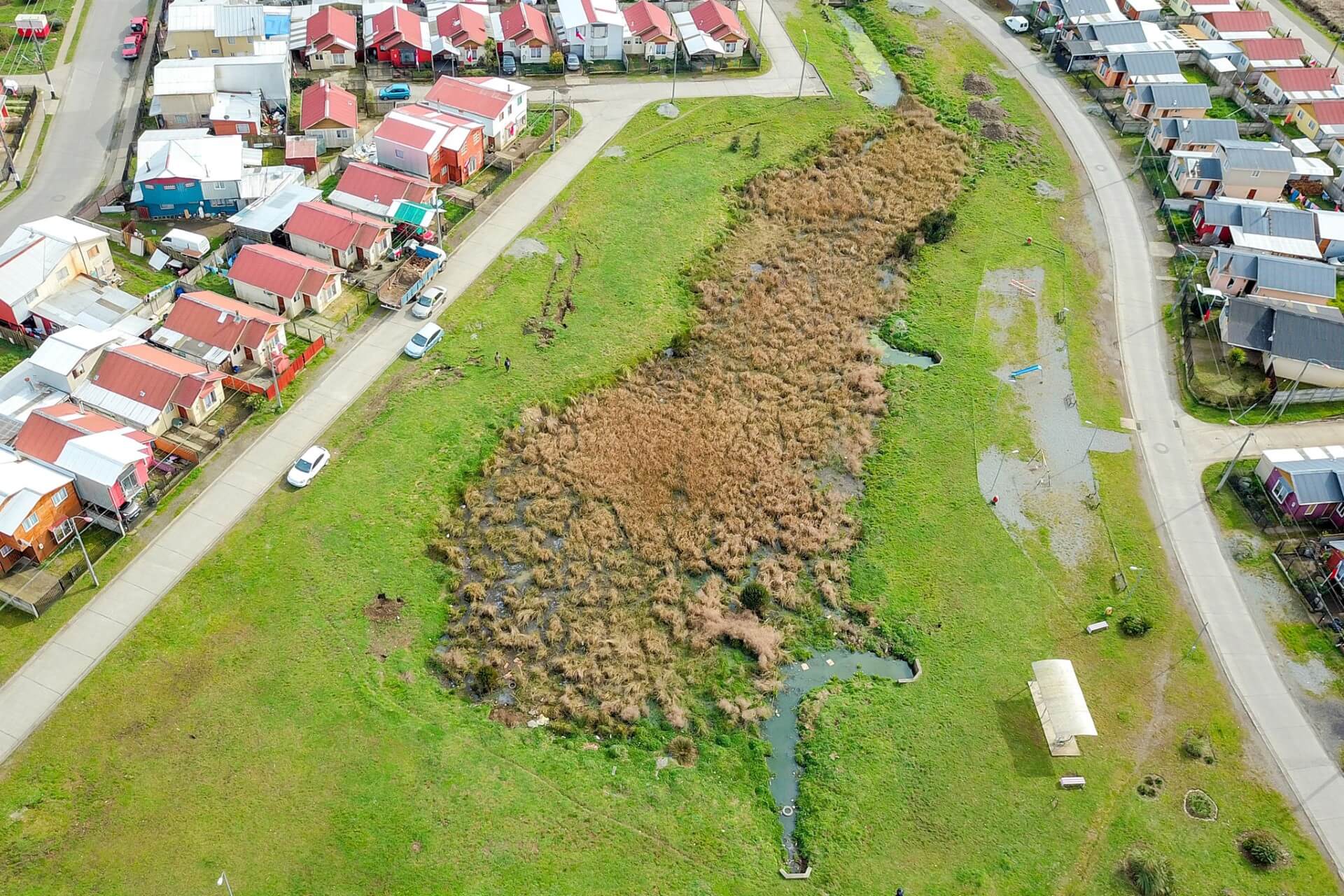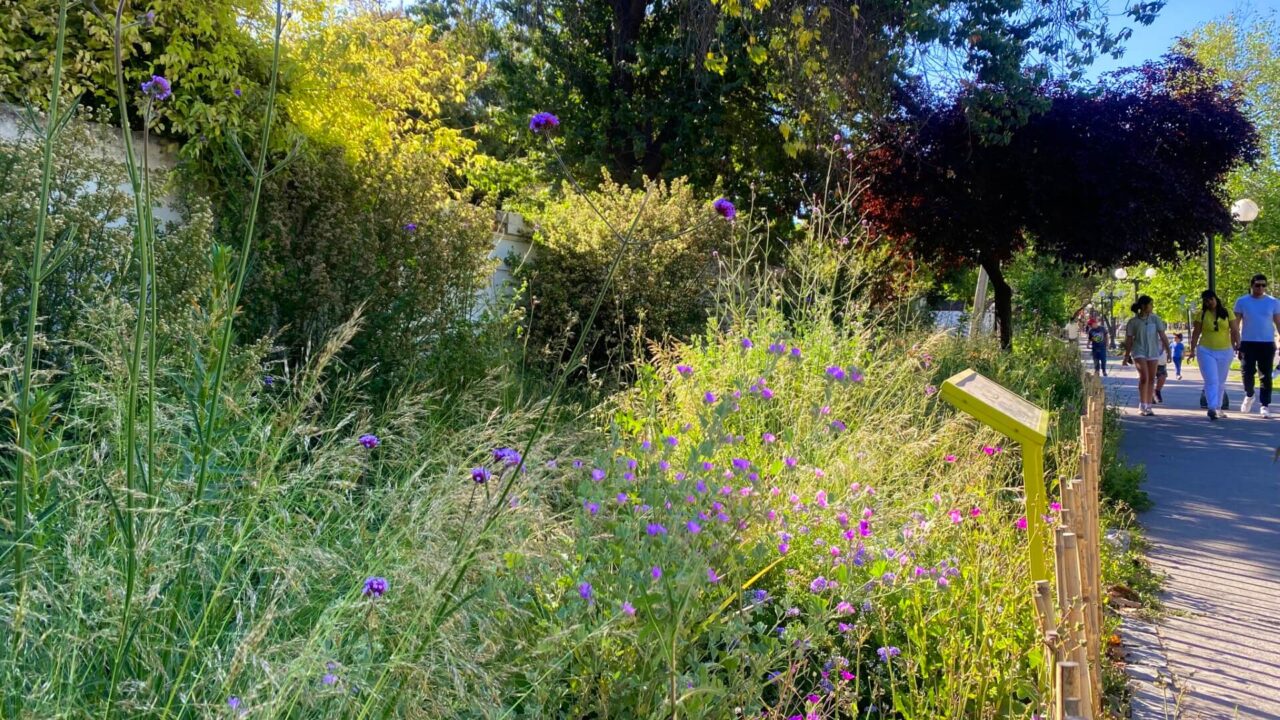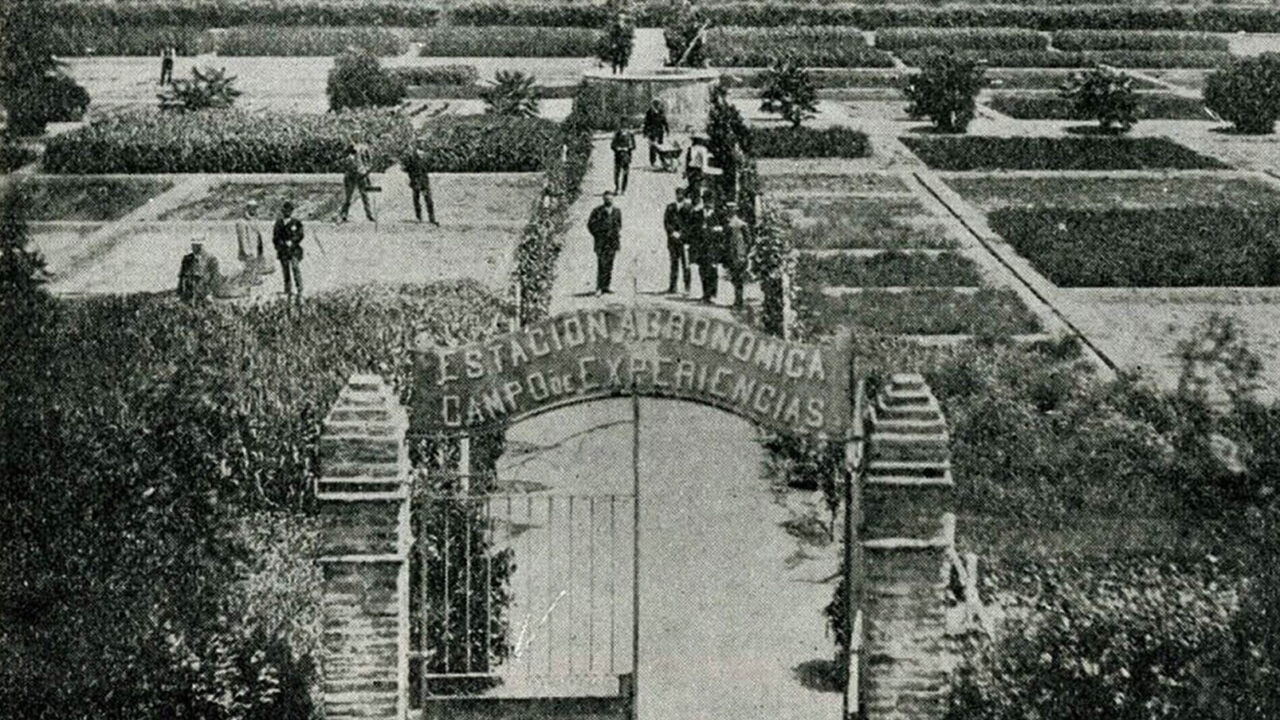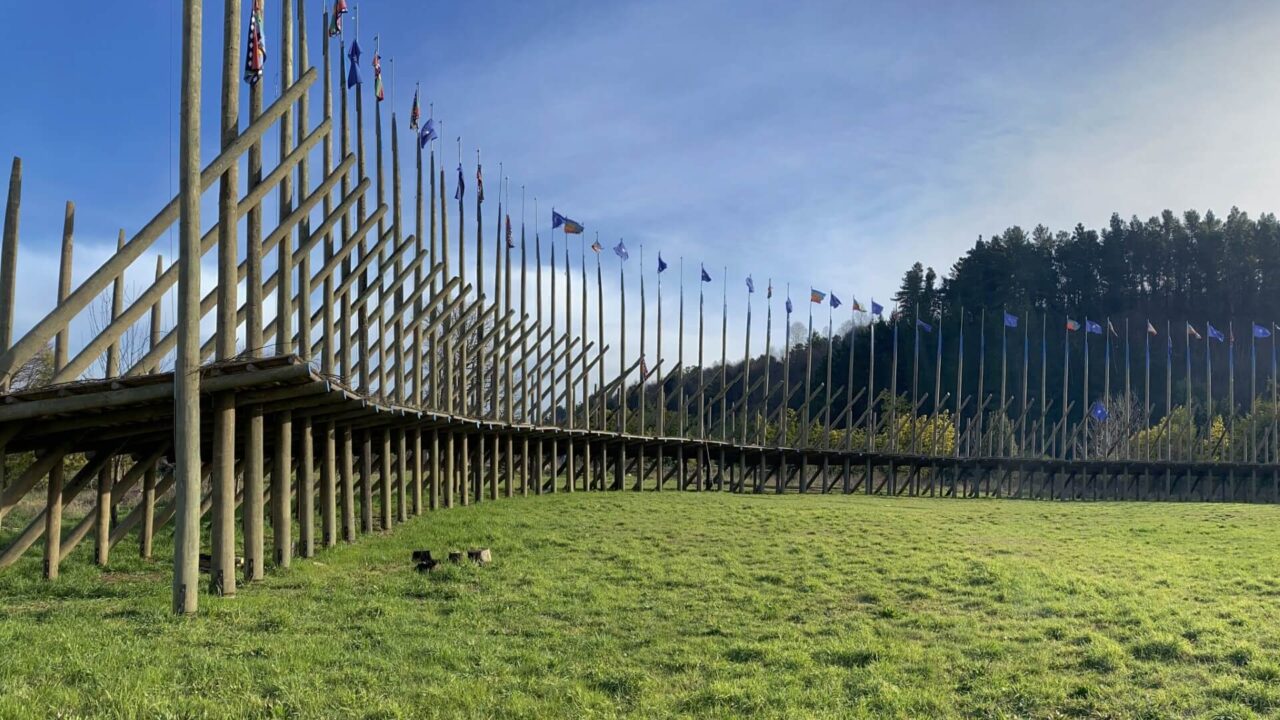Description
The Llanquihue Urban Green Infrastructure Plan proposed a landscape project based on the spatial and functional articulation of existing urban ecosystems, transforming them into structuring parts of a network designed to provide key ecosystem services for the city and its inhabitants. To achieve this, the Baquedano Wetland was intervened: a wetland that was declared in critical condition due to the fillings carried out around its edges, which significantly impoverished the presence of native vegetation, turning it into a focus of contamination and degradation. The water sheet of the wetland, as a result of this state of deterioration and the eutrophication process that affected it, was progressively disappearing. In this context the project operated on the edges of the wetland through a system of strips, nodes, and areas that generated a space of ecological and social mediation, including the restoration of Edge ecosystems, the recovery of the water sheet, the enabling of circulations, and the creation of programmatic areas.
Project File
- Project Team
Master in Landscape Architecture (MAPA) of the Pontificia Universidad Católica de Chile (PUC), and Fundación Legado de Chile
- Architects
Osvaldo Moreno, Tomás Gárate, Germán Guzmán, Macarena Vásquez y Andrés Riveros
- Surface area
1 hectare
- Client
Municipality of Llanquihue, Regional Government and CORFO

















